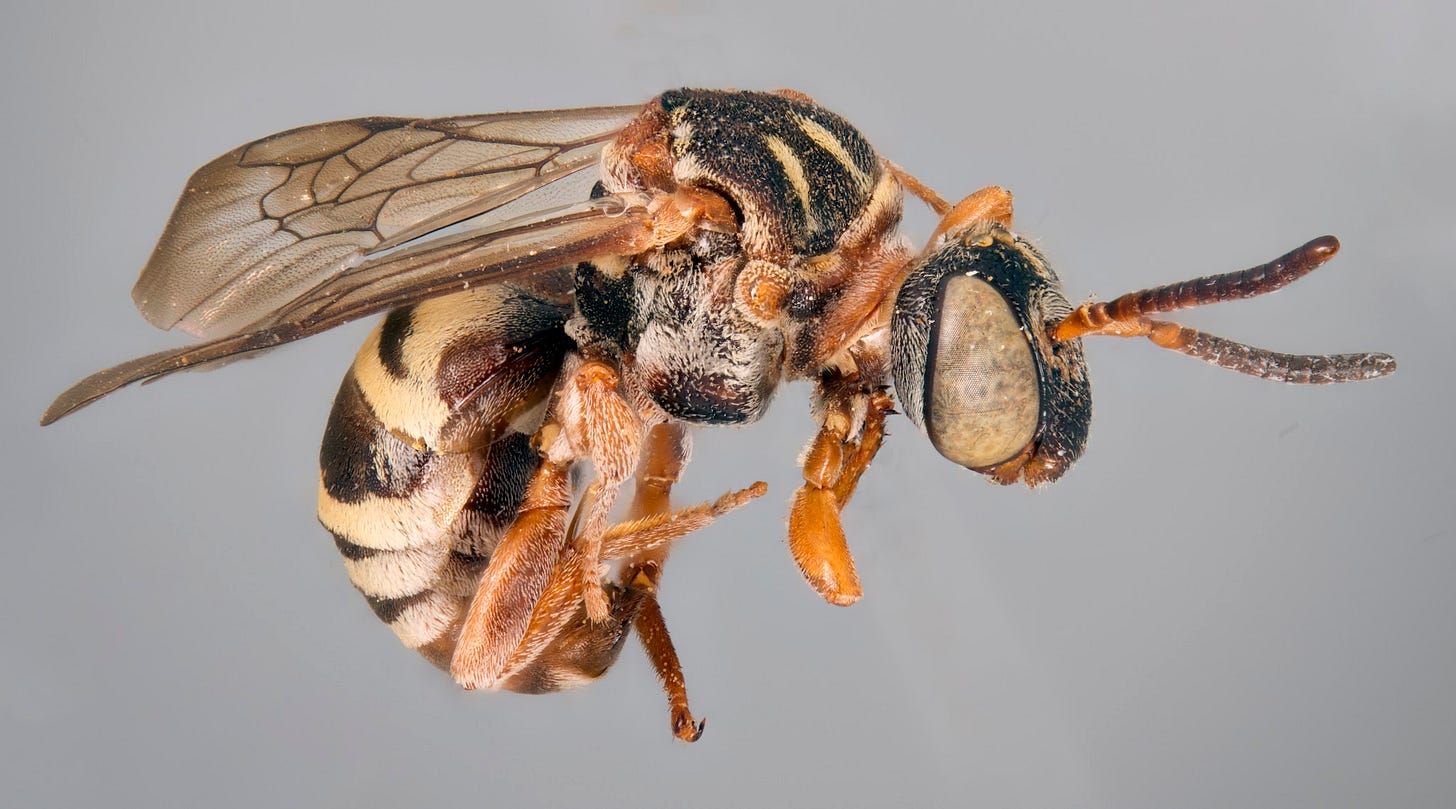Edit: as soon as they were legally allowed to, the airport drove a bulldozer through the prairie. People are mourning but also the prairie is not all gone and what’s left still needs protection.
Hey you all -
I know this newsletter is about poetry, but considering all that the natural world has given the artform, I would like to make a last minute plea to help a special place.
tl;dr - call Governor Pritzker and say “save bell bowl prairie” until they hang up on you.
Here’s the longer part.
Bell Bowl Prairie is what is known as a prairie “remnant,” a term used to describe a prairie that has not been developed for human use. Remnants are important bastions of biodiversity and although Illinois is the “Prairie State” we have less than 0.01% (~2100 acres) of our original prairie left.
And those acres are not all in one place. They are scattered across the state in little dribs and drabs.
Bell Bowl Prairie is 14 of those remaining 2100 (and it’s an even RARER kind of remnant known as a dry gravel prairie). Remnants are enchanted places - because the soil and its residents haven’t been torn up for 8,000-10,000 years, there are plants and animals and fungi and microbes you simply can’t find in other places. Take for example its bees.
Bell Bowl is likely home and haven to 100 native bee species. Much attention is given to the European honeybee and its troubles surviving due to mites and neonicotinoid poisons. Honeybee loss is bad news for people because we rely on them being trucked across the continent to pollinate many of our crops (about a third of our diet is made up of pollinated foods).
However our super diverse suite of native bees are ALSO great at pollinating our food crops, but many farming operations create unsustainable tilled soil, pesticide-laden monocultures. Even without the pesticides and soil-life-killing-tills, monocultures are foraging deserts for native pollinators since the plants are only making pollen or nectar for the brief period while the crops are flowering.
Of the 100 bee species that use Bell Bowl Prairie, 46 of them are remnant-dependent species, meaning they do not survive without the complex web of life and soil structures found in a prairie remnant. And because there’s not an adjacent remnant for them to seek (diminished) refuge, these are Bell Bowl dependent bees. Look at some of them:
All images are taken from the Field Museum Insect Collection by Susan Kirt.
One of these bees will only eat the pollen found on leadplant (Amorpha canscens). One of these bees will only eat the pollen they steal from that bee that only eats the pollen of leadplant. Some of these bees are endangered, some of them are being petitioned right now to be listed as endangered. Some of them are so elusive and rare we don’t have enough documentation on them for them to even QUALIFY for endangered status. They might go extinct before we ever get that data.
This says nothing about Bell Bowl’s beetles, ants, moths, assassin bugs, nematodes, grasshoppers, spiders. Or wasps.
Look at this wasp:
This wasp is a braconid wasp, and it was actually collected at Bell Bowl in 1944 when it was known as Camp Grant. Like many insects in museum collections, it is not identified all the way to species. Which also means museum collections, like the Field’s, have scores of species that have yet to be described. Is this tiny braconid wasp a species new to science? Is it already extinct? Or is it maybe still flitting around Bell Bowl in the summer, waiting to be introduced to the human world?
We will never know unless we #SaveBellBowlPrairie.
Call the governor, call the legislature, call the airport, call the mayors.
Thank you.







